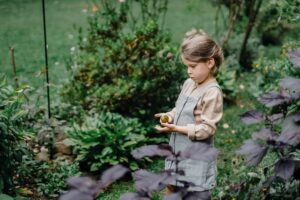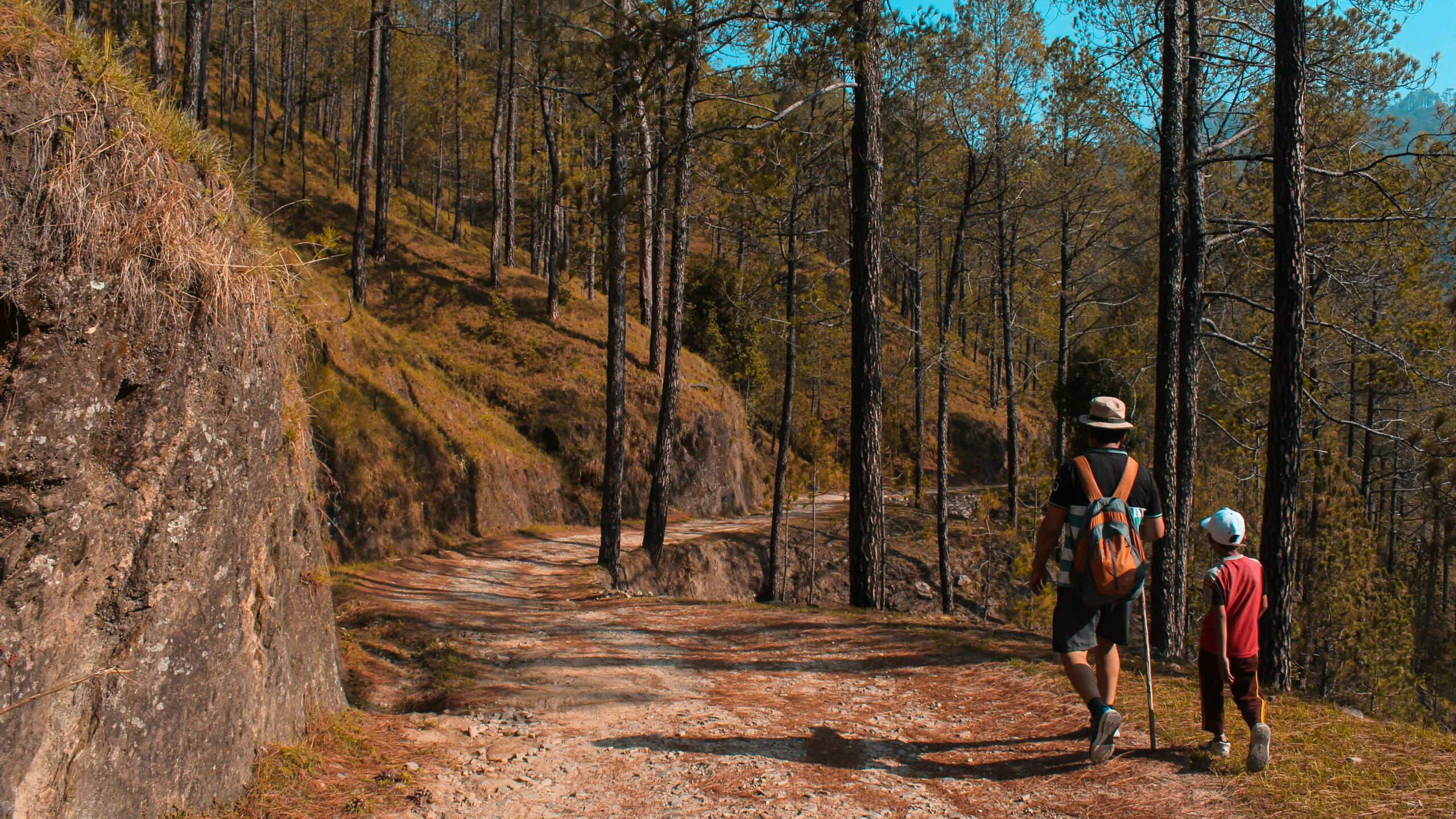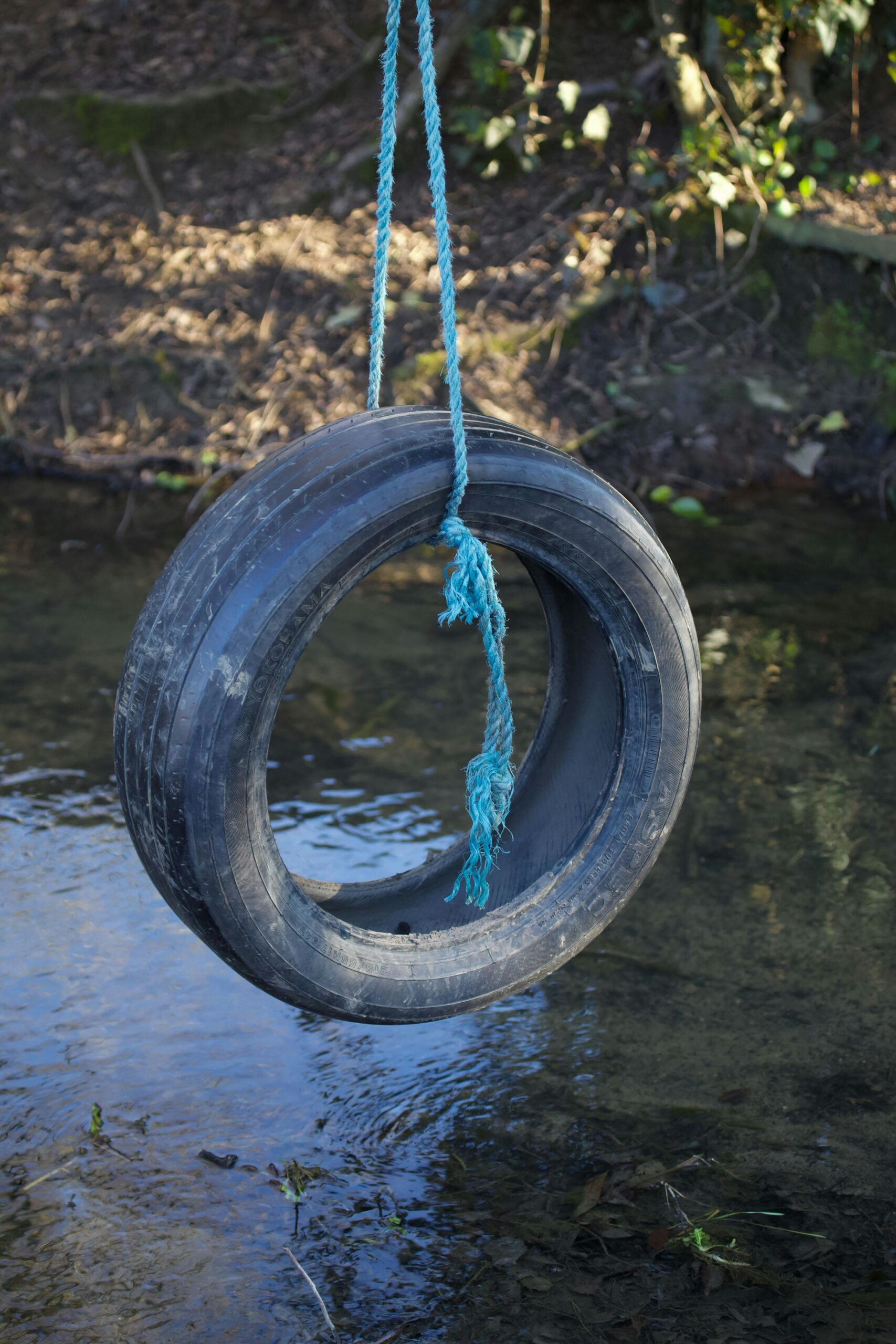The Birth of Free Form Exploration™
Free Form Exploration™ is more than just a concept—it’s a philosophy I developed while hiking the Pacific Crest Trail (PCT). My experience on the PCT reshaped my relationship with nature, teaching me that true adventure lies in releasing structure and embracing the unknown. What started as a personal experiment in letting go of rigid plans has evolved into a guiding principle for reconnecting with the natural world, especially for parents looking to foster a deep sense of wonder and autonomy in their children.

The Lessons of Over-Structured Wilderness Experiences
When I worked as an outdoor educator, I spent a lot of time in the wilderness. Every expedition was meticulously planned—down to the minute. There were logistical frameworks, educational objectives, and contingency plans for every possible scenario. As a guide and instructor, this level of structure was crucial in delivering a productive and safe course. The challenge, however, was creating a sense of genuine exploration and discovery for my students.
With so much structure in place, I began to feel like I was no longer allowing nature to teach lessons organically. Instead, I was manipulating the experience, ensuring that nature aligned with my curriculum. This realization led to burnout. More importantly, it taught me one of the most profound lessons of all—Free Form Exploration™.
What is Free Form Exploration™?
Free Form Exploration™ is exactly what it sounds like: engaging with nature in a playful, unstructured way, letting go of rigid plans and expectations. My true introduction to this concept came while hiking the Pacific Crest Trail (PCT).
Most PCT hikers begin their journey with a singular focus—to thru-hike the entire trail. They meticulously plan every mile, every resupply, and every stopover. Their schedules are rigid because they fear that if they deviate from the plan, they may not complete the trail in time. The irony is that in the pursuit of the perfect adventure, many end up sacrificing the very magic of being in nature. They walk past hidden waterfalls, bypass off-trail wonders, and rush through moments that could have been filled with deep connection, curiosity, and awe.
At the time, I was burnt out on structured outdoor experiences, so I took a different approach. I decided to start walking north—without expectations. I didn’t concern myself with whether I would finish or how many miles I would cover in a day. I let the experience unfold naturally. Some days, I hiked long distances; other days, I stopped early to explore side trails, swim in lakes, or sit in silence, listening to the wind through the trees. By releasing my need for structure, I learned to truly connect with nature on its own terms, rather than imposing my own.
And that is the essence of Free Form Exploration™: the intentional release of expectations about what your time in nature is supposed to be like. It’s about allowing space for curiosity, spontaneity, and deep connection.

The Benefits of Free Form Exploration™ with Your Children
As parents, we naturally assume leadership roles in our children’s lives. Structure is essential—it helps kids develop discipline, responsibility, and an understanding of the world around them. However, when it comes to nature, there is incredible value in stepping back and allowing children the freedom to explore without constraints.
When children engage in Free Form Exploration™, they experience nature on their own terms. Instead of following a pre-planned agenda, they decide how they want to interact with the environment. They might build forts, climb trees, dig in the dirt, or create imaginary worlds in a meadow. They may take the lead on a hike, choosing the path based on what interests them most.
By embracing this kind of exploration, we give our children something invaluable:
1. Developing Leadership and Decision-Making Skills
When children are allowed to “choose their own adventure” in nature, they practice decision-making in real time. Instead of being told what to do, they learn to assess their surroundings, make choices, and adapt. This builds confidence in their ability to navigate the world and take initiative in other areas of life.
2. Cultivating Curiosity and Creativity
Structured activities often come with expected outcomes, but unstructured nature play allows children to tap into their innate curiosity. They observe insects, examine rocks, and wonder about the way water flows in a stream. This kind of open-ended exploration fosters creativity and problem-solving skills, helping children think beyond rigid frameworks.
3. Strengthening Emotional Resilience and Risk Assessment
Free Form Exploration™ often involves climbing, balancing, jumping, and navigating uneven terrain. These physical challenges help children develop risk assessment skills and emotional resilience. They learn from trial and error—figuring out how high they can safely climb or how to cross a stream without getting wet. By experiencing small failures in a low-stakes environment, they build the confidence to tackle bigger challenges in life.
4. Enhancing Sensory and Cognitive Development
Nature provides a multi-sensory experience that stimulates cognitive development. The feel of tree bark, the smell of damp earth, the sound of rustling leaves—all of these engage a child’s senses and deepen their connection to the natural world. Studies have shown that time in nature improves attention span, memory, and overall cognitive function.
5. Fostering a Deep Connection with Nature
Perhaps the most profound benefit of Free Form Exploration™ is that it nurtures a deep, lifelong relationship with nature. When children experience the outdoors on their own terms—rather than through structured lessons or predetermined hikes—they develop an intrinsic love for the natural world. This connection can later translate into environmental stewardship and a commitment to preserving wild spaces.
How to Encourage Free Form Exploration™
If you’re used to structured outdoor activities, transitioning to Free Form Exploration™ may feel unfamiliar at first. Here are some ways to embrace it:
1. Start with a Simple Change in Mindset
Instead of planning an outdoor outing with a set itinerary, try approaching it with an open-ended question: What do you feel like exploring today? Let your child’s interests guide the experience.
2. Choose a Location that Encourages Exploration
Find natural areas that allow for unrestricted play. Forests, creeks, meadows, and rocky shorelines all provide rich environments for discovery. Avoid places where strict rules limit off-trail wandering.
3. Resist the Urge to Direct the Experience
It’s tempting to point out interesting plants or suggest activities, but try taking a step back. Observe what your child gravitates toward and follow their lead.
4. Encourage Hands-On Engagement
Allow your child to interact with nature in a tactile way—dig in the dirt, climb trees, wade in the water, and build with sticks. Nature is a playground, and the best learning happens through hands-on experiences.
5. Embrace Slow and Mindful Moments
Free Form Exploration™ isn’t about covering ground quickly. Sometimes, the best moments happen when you stop to watch a butterfly or sit quietly by a stream. Give space for slow, mindful observation.
6. Let Go of Outcomes
There’s no “right” way to explore nature. Some days might be full of adventure; other days might be spent lounging in the grass. The goal is to allow children to experience the outdoors authentically, without pressure.

Final Thoughts: Rewilding Through Free Exploration
By embracing Free Form Exploration™, we teach our children that nature is not just a backdrop for structured activities—it is an ever-changing, awe-inspiring world that invites curiosity, discovery, and deep connection. In doing so, we help rewild our children, fostering a lifelong love for the outdoors and a sense of freedom that carries into all aspects of life.
So next time you step outside with your child, resist the urge to plan. Instead, take a deep breath, let go of expectations, and simply see where the adventure leads.





